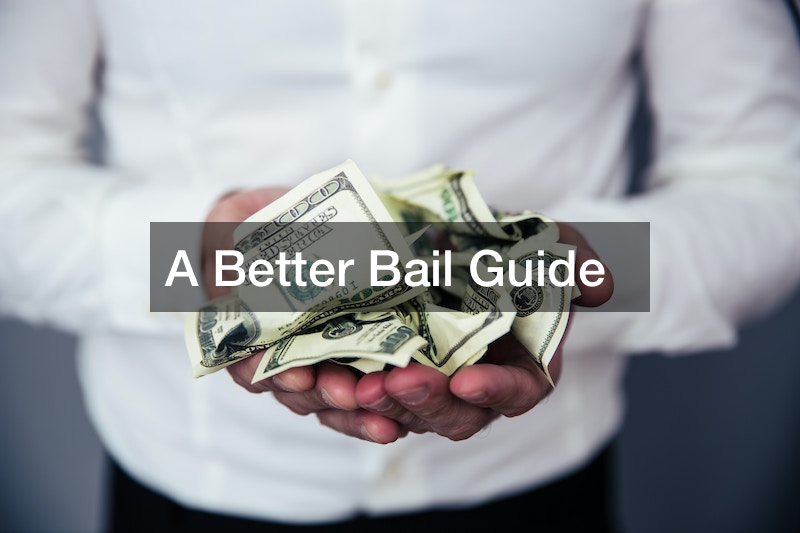nors. for misdemeanors or felonies the bail amount is usually set. In this post, we’ll be looking at what bail procedures are.
What’s Bail?
Bail refers to the release of suspects from custody as well as their return back to the court. To ensure that the defendant is present at the hearing, the court decides the amount they must take as collateral. They get their money back if they make their appointed dates for court appearances. If they don’t make their scheduled court appearances or appear in court, they will be breaking the conditions of their release, and the court would keep the money they posted for bail.
The court may issue an arrest warrant. The act of bail jumping or skipping bail can be an offense as is the possibility that the criminal might be subject to additional charges in addition to financial penalties. Other requirements other than appearing in court could be established by the judge including restrictions on movement and communication as well as mandatory attendance to treatments programs. A typical example is that someone who is charged with domestic violence should not contact the accused victim.
Anyone who is detained is taken into custody to be processed. If the offense requires they stay in custody (jail), they must be tried within the period of 48-72 hours. The defendant is notified about the charges they face during hearing. An assessment of whether they’re eligible to post bail is made. If they’re not able to post bail, or if bail is refused and they are detained, they remain in the jail until they are heard. The option is to either post bail or contract a bail bonds agent for a fee for their bail.
How Bail is Set
Though bail amount is typically decided by judges, there is a way to establish bail that do not require any judge. Many jails use normal bail plans to establish the amount of bail for specific crime. With this system, the person accused is able to pay for the bail according to the schedule and then move
tbz7wn5pis.
